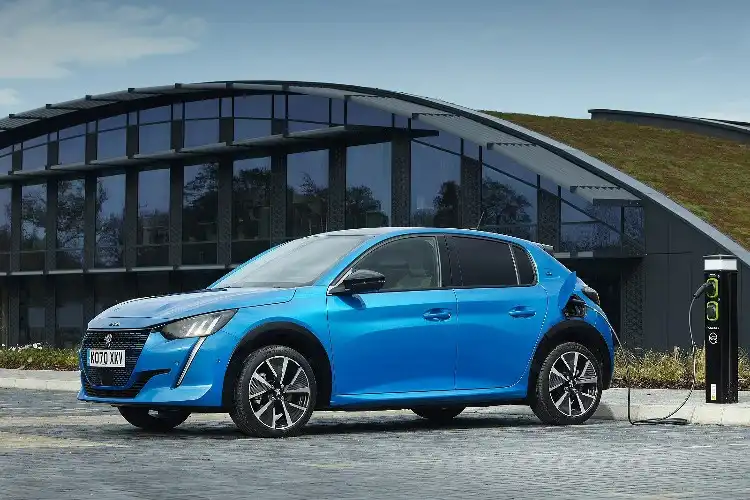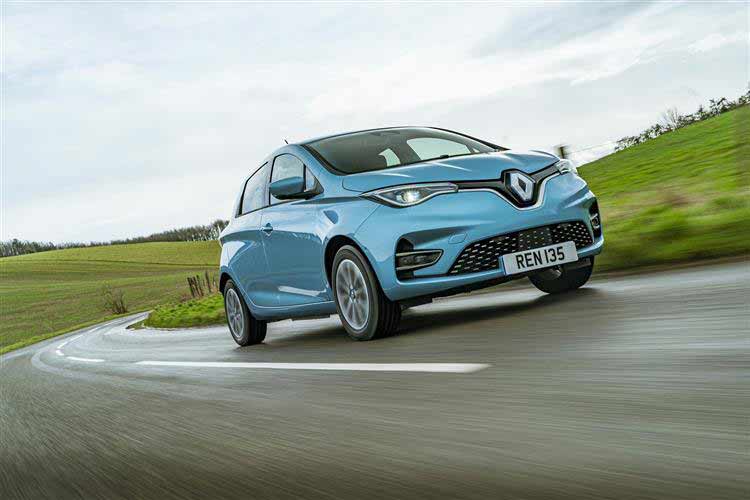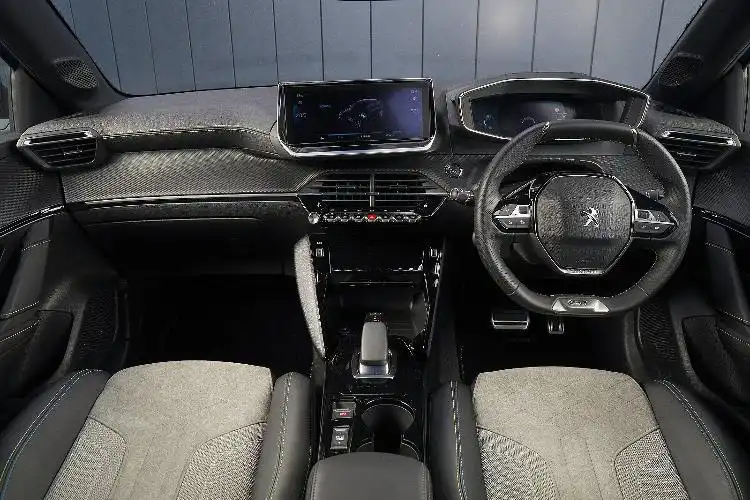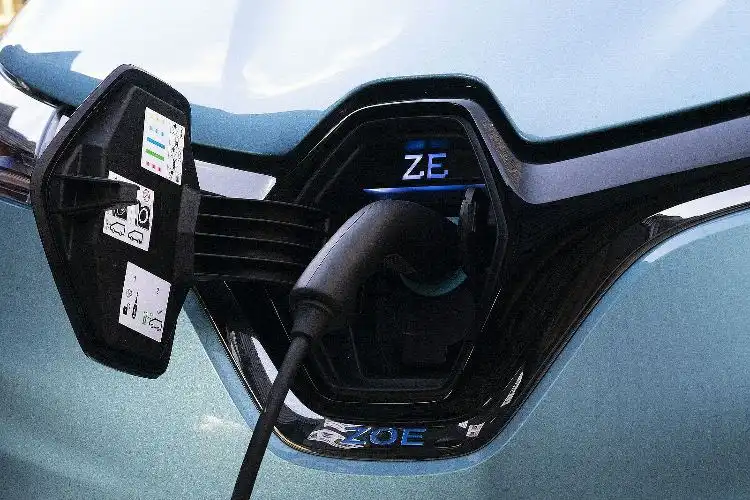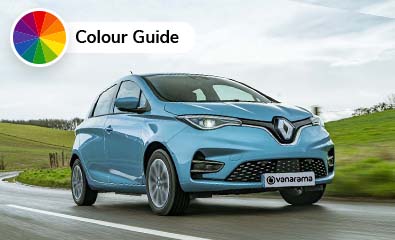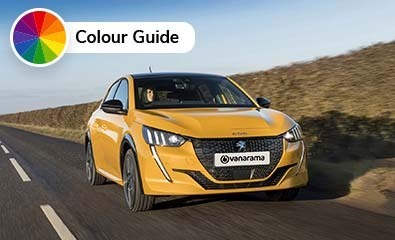By Mark Nichol
In a way, it’s not really fair putting the Renault Zoe and the Peugeot e-208 against each other. The former came out a whole decade ago and the latter in 2019, and so because cars tend to be replaced every 7 years, they’re literally a generation apart. It’s like putting Tyson Fury and Mike Tyson together in the same ring.
However, thanks to a series of regular and impressive updates over the last 10 years, today’s Renault Zoe is a very different car to the one that arrived in 2012. It feels every bit the modern small EV. Whether it’s enough to match the Peugeot e-208 is still a good question though, because the e-208 is a phenomenal electric hatchback and the embodiment of just how much EVs themselves have progressed over the last decade. Let’s see how this goes, then. You might be surprised.
Design Differences
The most intriguing thing about putting the Zoe and the e-208 together is recognising how differently they approach the same thing. Both are similarly sized compact hatchbacks, but where the Zoe is tall and has a quite simple, clean look, the e-208 is awash with detail. With its front LED daytime running lights based on a sabre-toothed tiger, its complex tail lamp units and its contrasting black bar that runs the length of the tailgate, the e-208 risks being a right mess, yet, impressively, it’s a very coherent and attractively designed thing.
The Zoe gets signature LED daytime running strips too, but they’re encased inside the headlights for a more conventional look. Conventionalism is a theme that follows the whole of the car, albeit there’s some interesting creasework down the sides which does a good job of making the Zoe appear a little more squat and less lanky than it might have done.
In the cabins, though, the contrasting design approaches are even more stark. The interior of 2022’s Zoe is the second-most obvious area of improvement as compared to the version that launched in 2012 (the first being the battery, which we’ll come to), with a huge uptick in the quality of the materials and the infotainment. A large portrait orientation touchscreen for the infotainment is standard fit these days, and the dashboard features a part-recycled textured material that adds contrast and lifts the interior vibe nicely.
But the e-208 is just on another level, frankly, with one of the most mesmerising cabins ever fitted to a small car. As per the exterior, the cabin could easily have been a mess, with all its buttons and dials and its 3D digital instrument panel, and a steering wheel so small that it’s almost comical at first glance. But it all works, somehow. And not only in an aesthetic sense, but in a functional way too. Everything makes sense in the e-208: the buttons are clearly labelled, and the infotainment software, although not class leading, is much better than the system Peugeot was using even a generation ago. Not since the first BMW-era MINI, more than 20 years ago, has a small car been packed with so much surprise and delight.
Both cars are also available in a variety of colours. Check out our 208 colour guide and Zoe colour guide to see what your options are for paint types and interiors.
Driving Differences
To look at a Peugeot e-208 and a Renault Zoe side-by-side is to get a true visual representation of how differently they drive. They’re very distinct, and that’s a good thing because it means each has its own particular strengths.
The e-208 really is one of the most fun small hatchbacks you’ll ever drive, and although it is partly to do with the simple ergonomic trick of giving you a small, low-set steering wheel, there’s also just a great chassis beneath the thing. MINI might bang on about go-karts all the time, but the Peugeot set-up means it’s the only car that does physically feel like a go-kart. Sort of.
On a basic level, the small wheel means you have to turn it less to get the car moving more and that gives you a sense of agility. And so you add the e-208’s responsive electric drivetrain to that – meaning the car reacts very quickly to your accelerator input – and you end up with a ‘point-and-go’ experience that’s proper good fun. The driving position can be a little problematic if you’re on the taller side, because you might find your knees uncomfortably close to the back of the steering wheel, and the e-208 can feel a little firm under the wheels, but it’s never uncomfortable and generally feels ‘sporty’ in the best possible way.
If you’re not after sporty though, the Zoe is probably the electric runabout for you. Unusually, it almost has the feel of a small SUV from the inside. That’s mainly because it has an unusually high driving position for a hatchback, perching you up in the cabin so you can see out of it better, and its ride quality is on the softer side, bobbing and swaying a little as it moves over the road. Another SUV-like trait. So what you end up with is a car whose main characteristic is calm, gentle refinement. It has lighter steering than the e-208, a more conventional cabin layout, a greater sense of space, and therefore it’s a little less… frenetic. Check out our Zoe review for a more detailed breakdown on how it handles.
Performance-wise, the Zoe and the e-208 are in very similar camps. The Peugeot comes with just the 1 powertrain option, which pairs a 136hp electric motor to a 50kWh battery for a 211-mile claimed range. Until very recently the Zoe had 2 power options, of either 109- or 136hp, although the former is being phased out now as the car nears the end of its production run. The battery is the same in both cases, slightly larger than the Peugeot’s at 55kWh, and therefore the Zoe has a better claimed range: 239 miles. The Peugeot is marginally quicker though, taking 8.1 seconds to hit 62mph, to the Zoe’s 9.5 seconds in the 136hp version.
Which Is More Practical?
In basic size terms, both the Zoe and the e-208 fit into the small hatchback category. As in, they’re cars designed as cost-effective day-to-day runabouts, to provide a good amount of interior room without taking up too much space on the road. As we’ve already alluded to, the Zoe is the clear winner if you want maximum space from your small footprint, because it’s both taller than the e-208 and longer between the wheels, to the tune of about 4cm, which means that bit of extra rear legroom.
It’s a similar story with the boots. In pure space terms the Zoe is the better of the 2, with a 338-litre boot compared to 265 litres in the e-208. Both are pretty much what you’d expect from a small hatchback. For context, a Ford Fiesta has a 311-litre boot space. Both come with split-folding rear bench for a bit of flexibility, although in both cases, when you fold down the rear seatbacks you don’t end up with a perfectly flat loading bay because neither has an adjustable boot floor.
In-cabin storage is a mixed bag in both: the Zoe has the bigger glovebox of the 2 but doesn’t have a storage space between the front seats, which the e-208 does, under the central armrest. Both have the usual assortment of oddment spaces beyond that, though the Peugeot has the more appealing solution for storing your mobile phone, offering an enclosed compartment under the touchscreen where you can hide it away.
Running Cost Comparison
Despite similar starting prices of around £30,000, you will find the Zoe cheaper to lease than the e-208 at Vanarama, with rates starting well under £300 per month. Both represent great value when considering their relatively low leasing rates alongside running costs that are far less than equivalent petrol or diesel cars, from both a fuel and a tax perspective. The Zoe should be slightly cheaper to insure than the e-208 too, owing to a Group 20 rating as opposed to 26-28 for the Peugeot on the 1-50 scale.
Battery ranges are very similar, as we’ve said, and it follows that actual efficiency is too. Using the range ratings and the ‘usable’ battery capacities of both (the amount of battery dedicated just to powering the electric motor, that is), you can work out how many miles you should get from a single kWh of energy. The Zoe’s usable battery is 52kWh and the e-208’s is 45kWh, and their claimed ranges are 239 and 211 miles respectively, which means their energy efficiency ratings in mileage terms are 4.6 miles and 4.7 miles per kWh. You can see, then, that they’re very much in the same ballpark when it comes to range and efficiency and, therefore, running costs.
We’ve found that with both cars you’ll get closer to 4 miles per kWh with variations in weather and average journey speed, although that still means a good 180-200 miles per single charge – more than enough for daily use for most people.
Both the Zoe and the e-208 are capable of rapid charging using a Type 2 CCS charging cable, albeit the Peugeot’s maximum speed is 100kW and the Zoe’s is 50kW. That doesn’t necessarily mean the e-208 charges twice as quickly, but for context, Peugeot claims it’ll take 30 minutes to fill the e-208’s battery from 0-80% at a 100kW charging station, while Renault says it’ll take 45 minutes to do the same thing at a 50kW station in a Zoe. Both will take around 7-8 hours to charge fully when plugged into a 7kW home wallbox.
Ratings
Renault Zoe: 8/10
Peugeot e-208: 8/10
We’ve scored these 2 evenly because they each bring something different to the table and do it very effectively. If you want unique style and a genuinely enthralling driving experience then the e-208 is the clear way to go, but for the space and comfort it’s got to be the Zoe. Either way, both of these small EVs show just how far electric cars have come over the last decade, and either will prove an excellent low-cost, zero-emissions runabout.
Check out more of our handy car leasing guides to help you find your next perfect lease.


